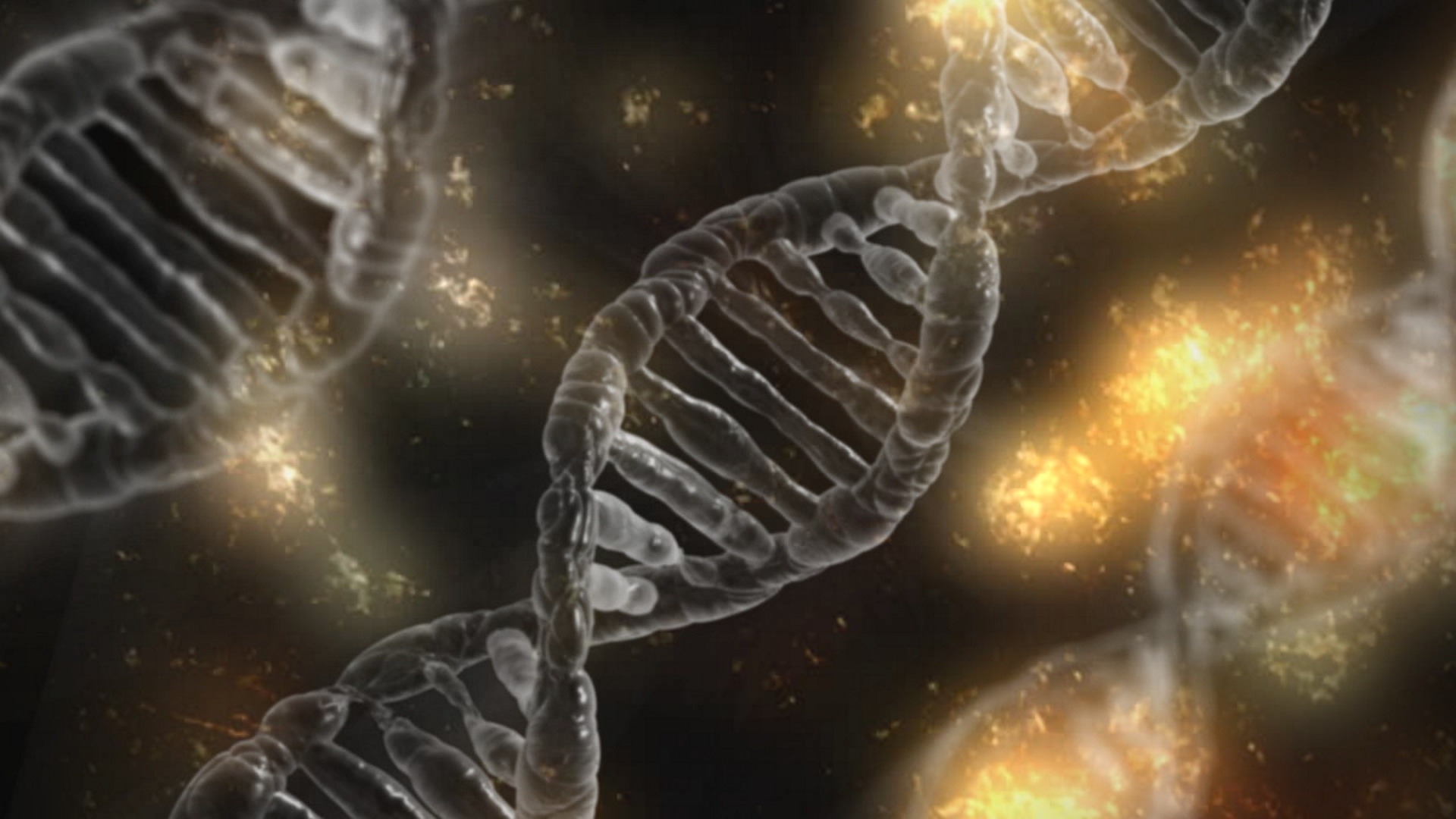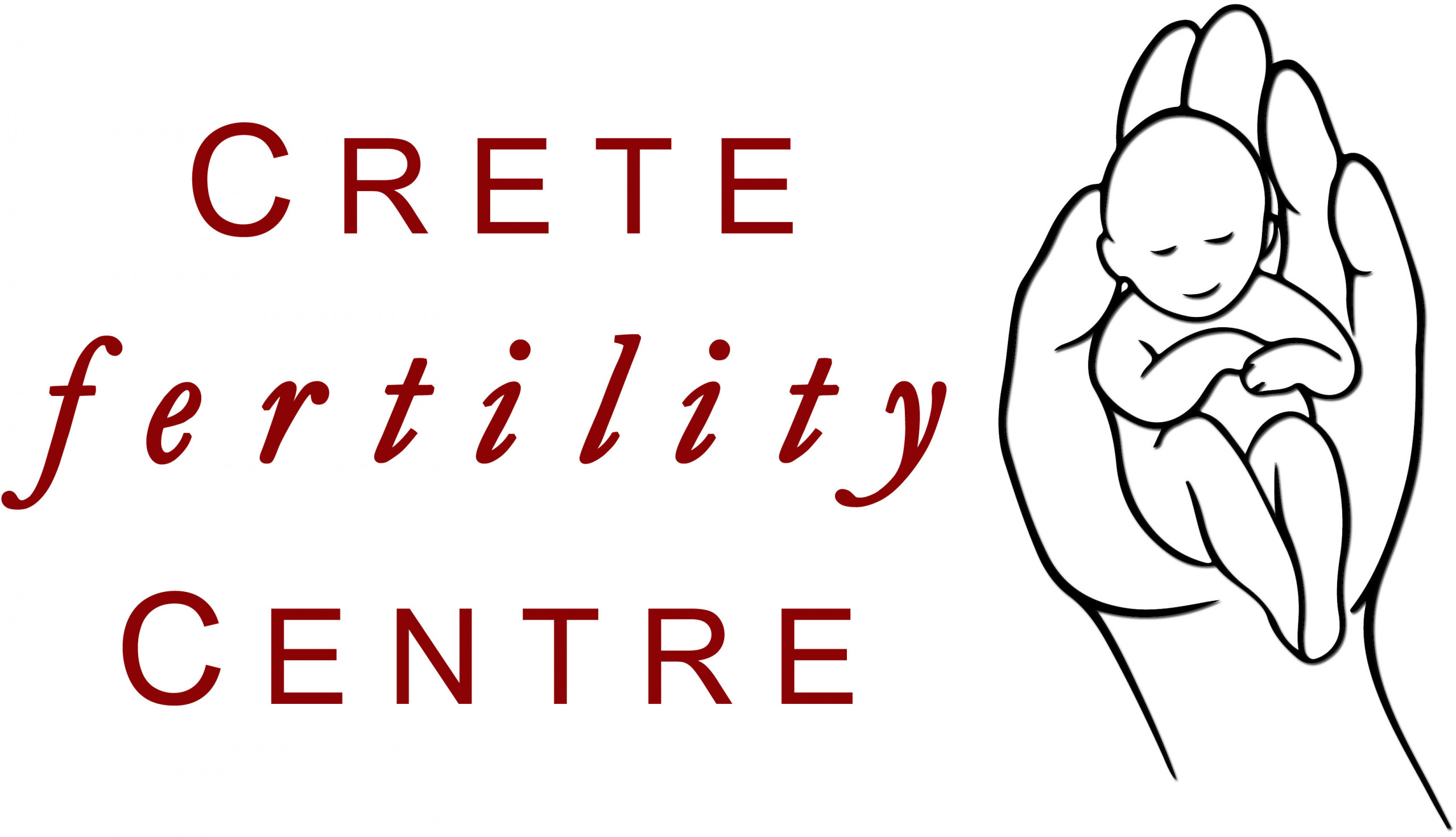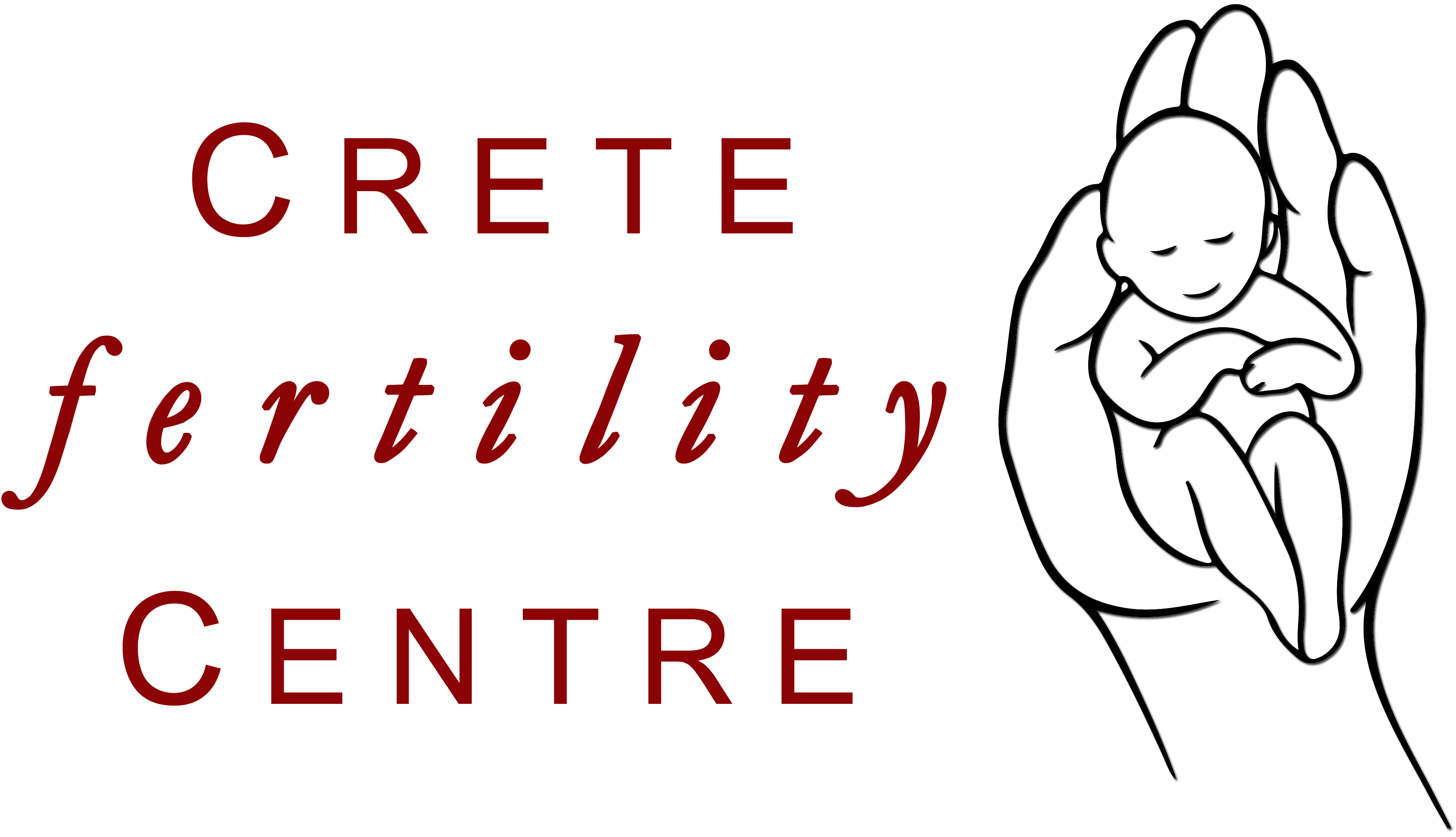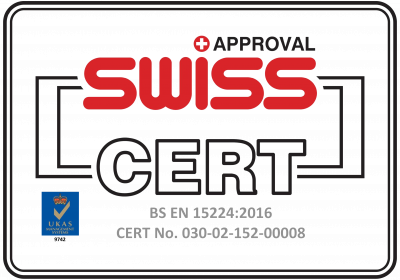What are the Differences Between PRP and Stem Cells?

The creation of a scab on a cut or wound is one of the various ways the human body repairs itself. The hypothesis that this process is isolable, replicable, and applicable to particular regions or injuries forms the foundation for comprehending the regenerative mechanisms of innovative medical technologies.
Using PRP and stem cell injections to treat musculoskeletal disorders has been a promising development in orthopedic surgery. Although these therapies are becoming increasingly popular, you may be wondering what advantages they offer.
Doctors treat a range of illnesses and injuries with platelet-rich plasma (PRP) therapy and stem cell therapy. In both cases, natural material is extracted from the body and then reinserted locally via an injection. Sports injuries and ailments involving the knees, back, shoulders, or hips can benefit most from it. Their extremely low recovery times make them particularly appealing solutions for sports and energetic individuals.
What is PRP about?
A PRP injection is intended to promote the body’s natural healing process. Platelets taken from your body are used to make PRP. The growth factors in these platelets aid in blood coagulation and release other growth factors. When centrifugal force is applied to your blood, the platelets separate from the blood.
The platelets can start to function on the affected area as soon as they are administered. This injection is most effective for tendinosis and tendinitis, two conditions that can either heal naturally or require extra help to get started. PRP treatments have helped many famous athletes over the years.
The body always replaces blood, thus there aren’t many restrictions on removing platelets from the body. For three weeks in a row, the injections must be given one week apart. As receiving a concentrated PRP injection promotes healing, this therapy is occasionally administered in addition to orthopedic surgery to expedite recovery.
How does Stem Cell Work?
Injection of stem cells is a more sophisticated treatment approach than PRP. Stem cells can help the body’s injured tissue regenerate, in addition to stimulating growth in the same way as PRP. For people with degenerative conditions, including arthritis, torn ligaments, and damaged cartilage, stem cells are a preferable choice because of this extra advantage.
Your body’s fat stores or bone marrow are sources of stem cells. These sites are utilized due to the presence of mesenchymal stem cells (MSCs). MSCs have the ability to self-replicate and can create new muscles, tendons, and ligaments. In an injection of stem cells, the cells are extracted from the body, stored in a laboratory, and then reinjected after a few days.
The body can only contain a limited quantity of stem cells, in contrast to platelets. Retrieving the stem cells is also a little trickier than just taking a blood sample. No NSAIDs may be taken for two weeks before to treatment.
After this operation, you should be able to go back to work the following day. Many are drawn to the quick recuperation time, particularly those who want to return to the field or swimming pool.
PRP VS Stem Cells: What makes them Different?
You may be wondering, “What is the difference between PRP and stem cell injections?” now that we’ve talked about the two. For the purpose of reducing pain and inflammation brought on by different orthopedic and musculoskeletal disorders, both approaches are effective. While stem cells may be more effective for severely injured tissues, platelets may be helpful for wounds that heal slowly. Receiving both therapies concurrently is another option.
Patients can bypass the risks and longer recovery periods connected with surgery by using PRP and stem cell injections. There are not too many hazards associated with either approach, especially when weighed against having surgery. Both strategies have a short recovery period of a few days.
A Synopsis
PRP lacks the regeneration qualities of stem cells; thus, it would be a better choice for damaged tissue with a low blood supply or wounds that heal slowly. Injecting stem cells to rebuild tissue will be more appropriate in cases of more serious tissue injury. Crete Fertility Centre applies with great success both techniques resulting in enhancing fertility to a couple.




